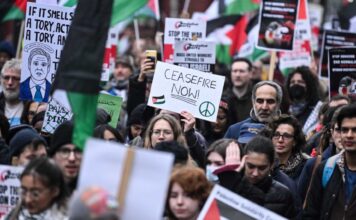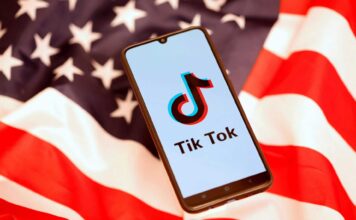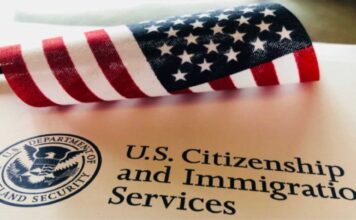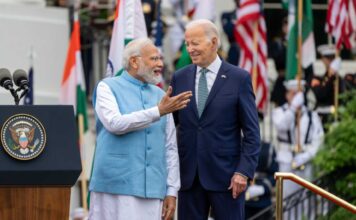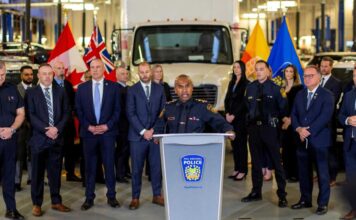Robert Moses left two defining legacies on New York City: the automobile, through construction of major roadways like the Brooklyn-Queens Expressway and the Cross Bronx Expressway, and segregation, because to build those roadways, he and the city had to tear through lower-income communities, displacing families and causing generational disinvestment from proximity to high-traffic, high-pollution streets. With the federal bipartisan infrastructure package President Biden signed into law last year, New York now has an opportunity to rectify some of Moses’ most damaging projects.
Expanding affordable and clean mass-transit options across the city and tri-state area should remain a top priority, and the new infrastructure law contains significant funding for this. However, light-duty vehicles — including rideshare services — will continue to be essential for New Yorkers, particularly for those living in transportation deserts. Considering private vehicle ownership in NYC spiked during the pandemic, we should work toward a zero-emission future where all cars, vans and trucks are electrified.
There’s a long way to go: In New York City, fewer than 1% of vehicles are electric. To improve this, we need to rapidly develop publicly accessible fast-charging stations for electric vehicles (EVs). All communities deserve reliable charging, and as EV costs decline, we need to be prepared with the infrastructure to support their use.








